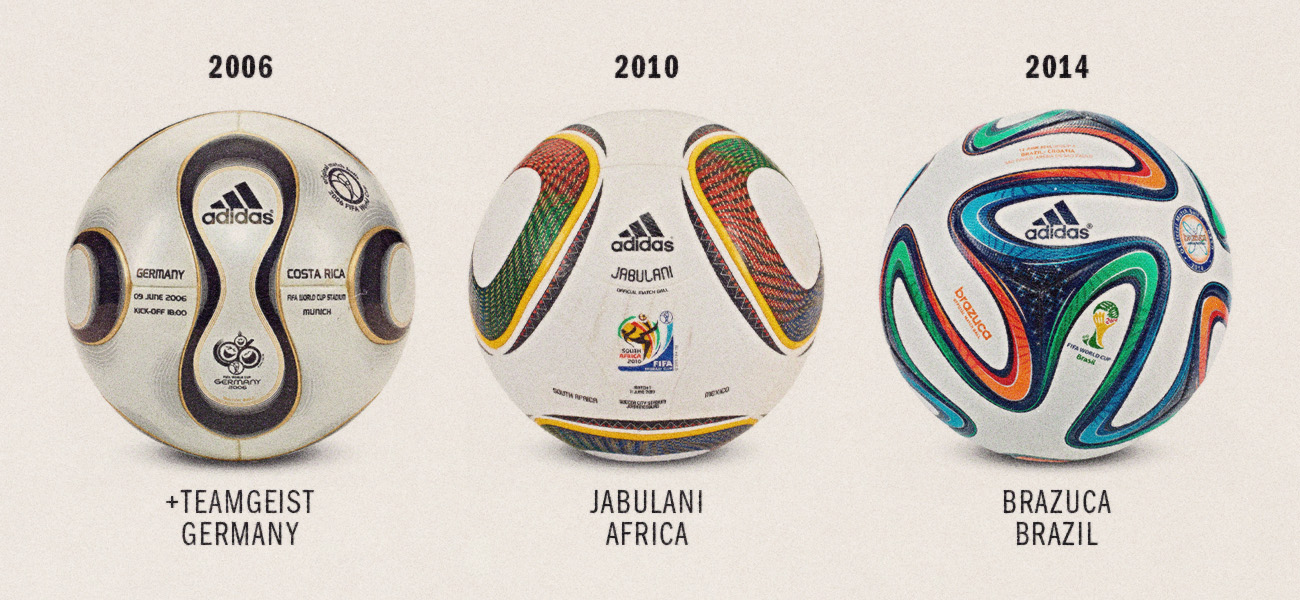Man, I never thought I’d be the guy chasing rubber spheres around the world. But here we are. This whole collection thing, gathering every single official FIFA World Cup match ball since the 1970 Telstar, it started completely by accident, and I’m still slightly amazed I pulled it off.

I was cleaning out my dad’s garage last year, right? He was getting ready to downsize, and tucked away in a dusty old box, I stumbled across the 1994 Questra ball. The USA one. That thing brought back memories. Me and my brother kicking it around until the seams burst, trying to curve it like Roberto Baggio. I tossed it in my own trunk, figured I’d put it up on a shelf for nostalgia.
A few days later, sitting at my desk, I just typed into Google: “How many World Cup balls are there?” That was the rabbit hole opening up. I saw the list. Telstar, Tango, Azteca, Etrusco, Questra, Tricolore, Fevernova… The list wasn’t actually that long, but the history behind them? Fascinating. And I just thought, screw it, I gotta catch ’em all. It seemed like a contained challenge, maybe 15 or 16 major balls to track down.
The Initial Hunt: Separating Garbage from Gold
The first step was absolute chaos. I didn’t know what I was looking for. I just jumped onto eBay and put in ‘World Cup Ball.’ Instant mistake. Everything you see is a cheap knock-off, a terrible replica, or one of those awful indoor versions that feel like plastic concrete. You need the official match ball, the one Adidas released, usually made in Pakistan or sometimes Morocco, and they are marked clearly with an official stamp or serial number. If the valve isn’t exactly right, if the material feels plasticky, it’s fake. I wasted about $200 on pure junk before I finally understood the subtle differences between a $50 replica and a $500 official ball.
I started developing a strict checklist. I needed to verify the year, the country of manufacture, and the exact panel construction. This is where the detective work kicked in. I spent weeks combing through old soccer forums, those weird ones from the early 2000s that still had GeoCities-level design. That’s where the real collectors hung out, sharing the tiny details—like the specific stamp on the 1982 Tango España or the exact texture of the 2006 Teamgeist. I had to learn the nomenclature quickly: Durlast, Tricolore, Glider, Official Match Ball (OMB).
My strategy shifted. I stopped looking for ‘World Cup Ball.’ I started targeting specific model names and cross-referencing auction photos with high-resolution images from museum exhibits. I set up alerts everywhere—Etsy, dedicated collecting sites, and even trying to cold-message guys who posted pictures on Instagram years ago just to see if they still had the balls or knew someone who did.

The Painful Price Discovery and The Holy Grails
When I finally got serious about the pricing guide part, that’s when the reality hit me. This wasn’t a cheap hobby. The modern ones, the Jabulani (2010) or the Brazuca (2014), those are easy. You can usually snag them for $150–$250 if they’re new in the box. But the older ones? They become mythical, especially the leather ones from the 70s and 80s.
The Telstar (1970/1974) and the Tango (1978/1982) are the gatekeepers. Finding one in playable, non-cracked condition? Forget it. You’re looking for something that sat in a dehumidified attic for fifty years, never touched. I chased one 1970 Telstar for three months straight. The guy wanted $5,000. Five grand! For a faded, slightly lopsided leather sphere. I haggled, I waited, and eventually, I settled on one for $3,800, and honestly, I probably overpaid by a thousand, but I needed it to complete the set. It was driving me insane.
Here’s the quick breakdown I built for myself, just based on what I actually paid, not what people ask for:
- The Pre-1986 Era (Telstar, Tango, Azteca): Absolute chaos pricing. $1,500 to $5,000+ depending on condition and whether it’s confirmed as an ‘official’ model. These require finding specialized dealers, usually in Europe or South America.
- The 1990s (Etrusco, Questra, Tricolore): These are usually $300 to $800, maybe $1,000 for a perfect Tricolore (1998) in the box. The Tricolore is surprisingly hard to find mint, probably because everyone actually played with it—it was a great ball.
- The Post-2002 Era (Fevernova onwards): Much more consistent. $150 to $350. Everyone hoarded these, realizing they’d be collectibles eventually.
The Final Tally and What I Learned
My worst moment? I flew down to Phoenix thinking I was going to pick up a genuine 1986 Azteca. The guy swore it was real, sent blurry photos that looked promising. I drove four hours one way. When I showed up, it was a terrible, cheap modern reproduction with the Azteca graphics badly stamped on. I spent a whole day and about $100 in gas, and walked away empty-handed. That’s the reality of collecting stuff this old—people lie, or they just genuinely don’t know what they have and assume ‘it’s old, it must be valuable.’
I finally secured the last piece of the puzzle, the 1978 Tango Durlast, last month. It came from a retired sports shop owner in Argentina who still had it shrink-wrapped in a basement. That one set me back $2,200 plus hefty shipping insurance. But when I put it next to the 2022 Al Rihla, the contrast was wild. Seeing fifty years of technology evolution in front of me was crazy.

I spent about $18,000 total across fifteen balls over a year and a half. Was it a smart investment? Probably not. You buy an asset that deflates when you poke it with a pin. But the satisfaction of having this history lined up on the shelf? That’s something else entirely. It makes watching the old World Cup highlights feel different, knowing I own the actual leather they kicked around.
